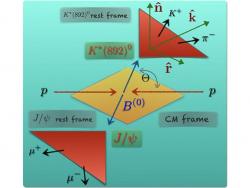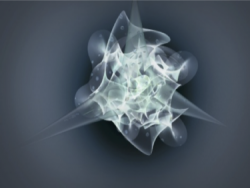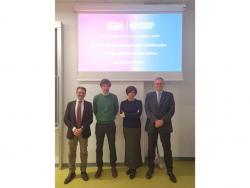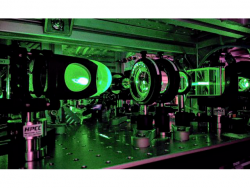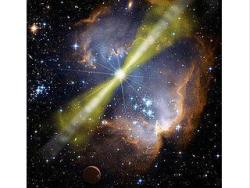- Home
- Department
- Research
- Teaching
- Post Graduate Studies
- Knowledge Transfer
- How To
Galaxy Clusters
Research Strand:
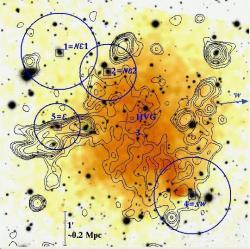 OPTICAL DATA AND MEMBER GALAXIES TO STUDY THE INNER STRUCTURE AND DYNAMICS OF GALAXY CLUSTERS. Galaxy clusters are the largest bound structures in the Universe. They occupy a central role in the ongoing efforts to understand the greatest questions in astrophysics and cosmology: the nature of Dark Matter and Dark Energy. They are cosmic laboratories in which to study a wide range of physical and astrophysical phenomena, including the chemical evolution of the Universe, the formation and evolution of cosmic structure, plasma physics on the largest scales, and relativistic particle acceleration.
OPTICAL DATA AND MEMBER GALAXIES TO STUDY THE INNER STRUCTURE AND DYNAMICS OF GALAXY CLUSTERS. Galaxy clusters are the largest bound structures in the Universe. They occupy a central role in the ongoing efforts to understand the greatest questions in astrophysics and cosmology: the nature of Dark Matter and Dark Energy. They are cosmic laboratories in which to study a wide range of physical and astrophysical phenomena, including the chemical evolution of the Universe, the formation and evolution of cosmic structure, plasma physics on the largest scales, and relativistic particle acceleration.
From the observational side, we study the internal dynamics and structure of galaxy clusters using data from member galaxies in the optical band, and from the intracluster medium in the X-ray band. Our specific, current research programs include the study of: clusters hosting radio halos/relics generated by relativistic particles in the magnetic field (DARC - Dynamic Analysis of Radio Clusters); the mass distribution of a large cluster sample to constrain the nature of Dark Matter (we are involved in a large program at the Very Large Telescope - 186.A-0798); the origin of fossil groups (we are involved in the FOGO International Time Program at the Canary Islands telescopes). For the theoretical side and the line of investigation concerns the use of galaxy clusters as tracers of cosmic evolution, see the research topic "Cosmology". We are part of the Euclid Consortium. Euclid is an ESA mission for the investigation of the nature of Dark Energy. We are deeply involved in the Galaxy Clusters working groups. Please, look at MG webpage for additional information and PhD and Master Thesis Offers.
Info
Last update: 05-13-2024 - 16:24


